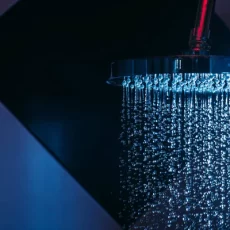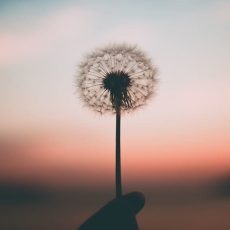Tap water in Delhi is not the same as what comes out of the tap from a Jaipur house’s kitchen. Similarly Srinagar’s Verinag’s spring water tastes completely different from a glass filled from a Tamilnadu waterfall.
The taste of the place can also be traced in the water from every tap and spring. However, when water is rendered “pure” by purified water companies, its sense of place is erased. With everything sucked out, water at that point is essentially dead, left with no more of its natural benefits.
Riese is America’s first and only certified “Water Sommelier.” He began his water tasting career in Germany, where he received a professional certification in 2011. In his Water 101 Class, he educates students on the qualities and characteristics of mineral water, explaining how you can taste the region and depth from which the water comes and mineral levels, which influence flavor. Our bodies need minerals; magnesium, calcium, potassium to name a few, to survive, and in water, minerals provide taste and prevent damaging corrosiveness. Happyho also provide best tarot reading services in Noida and Delhi NCR India area.
Most people have no idea what they’re actually buying when it comes to water. People love the idea of “pure” but don’t know what it signifies. According to Reise this purified water is not normal or natural, it is nothing else than processed food. Pure water is a kind of theoretical concept.
When bottled water companies purify water before putting it on shelves, they take all the naturally existing minerals, gases, and organic matter out, and then add other elements back in. Environmental scientist Peter Gleick refers to this mysterious mineral additive injected into the purified water as “pixie dust.”
Pixie dust is the additive that makes every bottle of purified water taste the same, no matter where it was sourced from. The contents of these mineral additives are not publicly available. According to a guess the “pixie dust” involves a combination of magnesium sulfate, potassium chloride, and sodium chloride, which are all things you naturally find in water and which prevent corrosiveness.
Riese, the water sommelier, always advises people not to buy purified water when it’s already on tap. He explains that mineral water always comes from a spring, and while every mineral water is a spring water, not every spring water is a mineral water.
Mineral water has to contain a level of at least 250 milligrams of minerals, with higher mineral content meaning saltier and more tasteful water. Spring water, in contrast, has less than 250 milligrams, and your taste buds can easily detect the difference, each providing a distinct “mouthfeel,” or sensory impression.
Mineral and spring waters cannot be altered, except perhaps to add carbonation. In stark contrast, purified water requires a mineral level so low that nobody’s taste buds will be offended.
That consistency, along with the bottled water industry’s effective marketing, is why so many consumers buy purified water, instead of mineral and spring waters.





